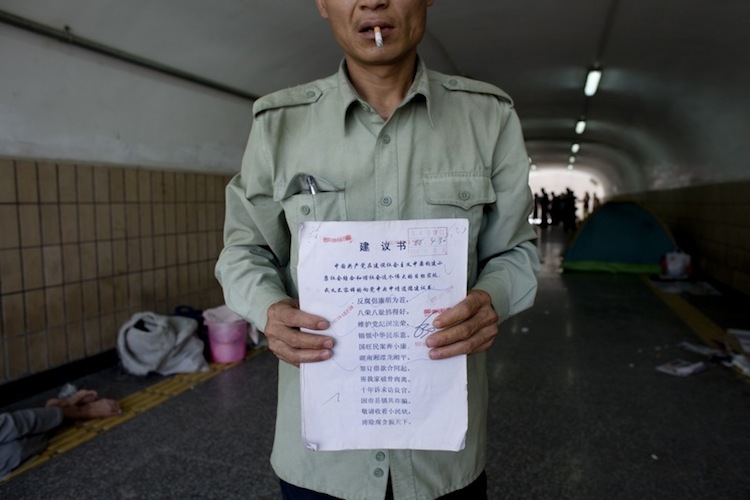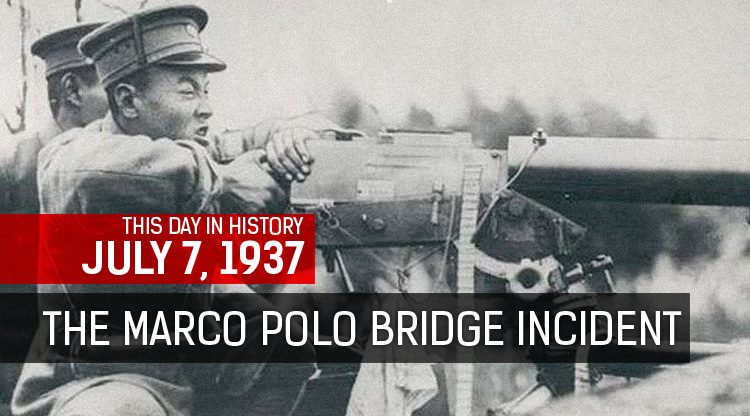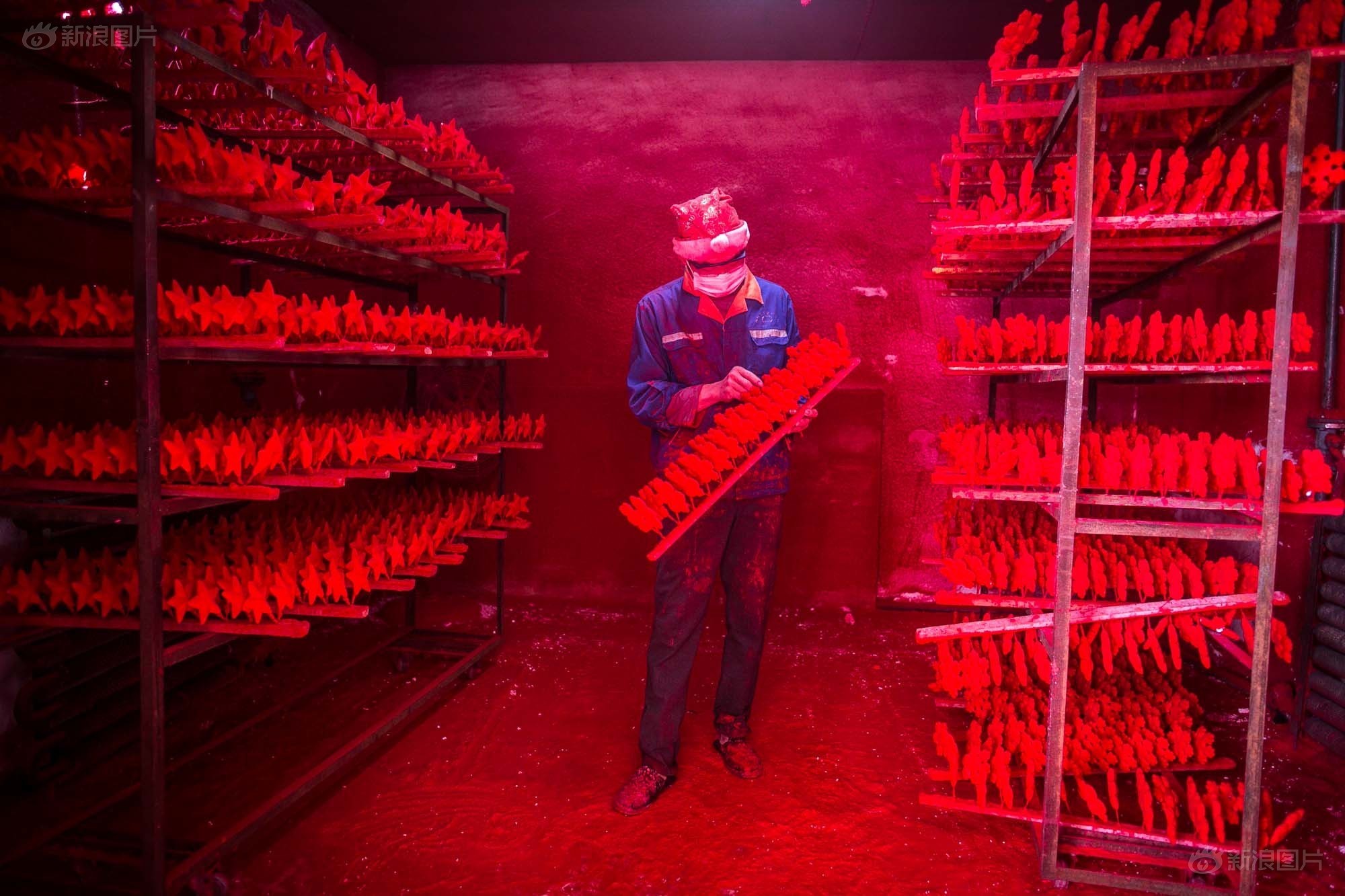Italian photographer Adriano Madaro first arrived in Beijing in the spring of 1976. Among the very first independent foreign journalists to be granted a visa to visit China in the pre-reform era, the now 73-year-old still vividly recalls wandering through crowded hutongs and alleyways.

“It was a sea of green,” he says of the city as it was back then. “I liked the trees and the cicadas the best. It was all so fascinating, I enjoyed standing in the exit of the hutongs with scores of people cycling past me. Kids would be playing freely and the cicadas were singing in the trees.”

Madaro’s journey to China may never have happened at all, had it not been for a fateful encounter with then Foreign Minister Qiao Guanhua during a reception held at the Chinese embassy in Paris, in October 1975. Impressed by Madaro’s ideals, “spirit” and desire to visit China, Qiao helped him gain entry into Beijing – a notoriously difficult endeavor at the time, especially for a freelance photographer. “I wanted to see the real life of Chinese people rather than the hostile views, as provided in the Western media,” he says of his impulse for coming – and the chief reason why he was granted entry

Foreign journalists were only allowed to bring 10 rolls of film into China, limiting Madaro to just 360 photos each visit. The young Italian was determined not to waste a single shot. “I wanted to capture everything; everything interested me,” he says of those early visits.

Madaro has since returned to Beijing a total of 189 times, building up a firm and extensive appreciation for the city and its inhabitants. Yet it is those early trips – before China began to truly modernize – that continue to captivate.

“With most of the buildings from the era either gone or used for other functions, Beijing has turned into similar metropolises elsewhere in the world,” says Madaro, who seldom took pictures of Beijing after the 90s. “I still miss the good old days in the 70s when the life of Beijingers was hard yet full of joy.”

Not everyone will agree with Madaro’s vision of a joyful city. Beijing was still reeling from the effects of the Cultural Revolution, while the death of Chairman Mao – just months after Madaro’s arrival – had helped stir a palpable sense of uncertainty.

It is this – a sense of uncertainty – that can be seen most prominently within Madaro’s newest collection, The Eve of Big Change: Beijing 1976 to 1979. Madaro’s candid, ultra-realist style is in stark contrast to the official, more affected photographs of the era, and offers a rarely-seen street-level view of a city – and people – on the precipice of great, sweeping change.

























0 User Comments